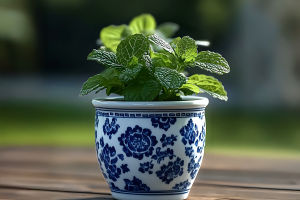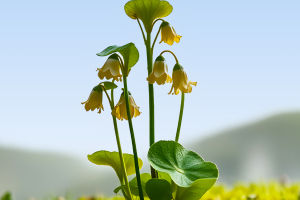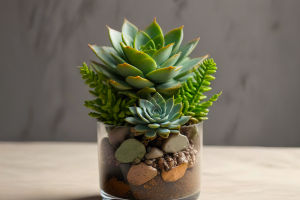When we think of pollution, we often imagine dirty rivers or smoky skies. But some of the most harmful pollution actually hides underground—in the soil. Heavy metals like lead, arsenic, and cadmium can stay in the soil for decades, quietly affecting the health of plants, animals, and even us.
Thankfully, nature has its own cleanup crew: certain special plants that can absorb heavy metals and help restore the land. Let's explore how this works and which plants are the heroes.
What are heavy metals and why are they dangerous?
Heavy metals are elements like lead, mercury, cadmium, arsenic, and nickel. They can come from mining, industrial waste, pesticides, or even car traffic. These metals don't break down easily, and over time, they can build up in the soil. This creates serious risks for agriculture, drinking water, and the food chain.
According to the World Health Organization (WHO), long-term exposure to heavy metals can lead to health issues including kidney damage, developmental problems in children, and increased risk of cancer.
Phytoremediation: plants to the rescue
The method of using plants to clean up soil is called phytoremediation. It's a process where certain plants absorb heavy metals through their roots and store them in their stems or leaves. Some plants even transform harmful chemicals into safer forms. This approach is low-cost, eco-friendly, and natural. Unlike machines or chemicals, plants don't destroy the soil—they heal it gently over time.
Sunflowers: more than just pretty
One of the most well-known phytoremediation plants is the sunflower (Helianthus annuus). Sunflowers have been used to clean up areas around nuclear disaster zones. Their roots are especially good at pulling up lead, arsenic, and uranium. They grow fast, are easy to manage, and offer a simple solution to tough problems.
Willow trees and poplars: nature's filters
Willow trees and poplar trees are also excellent at filtering polluted water and soil. Because they have deep root systems, they can pull up contaminants from far below the surface. Their fast growth and large biomass mean they can absorb more metals over time. These trees are especially useful near industrial sites or landfills where contamination runs deep.
Alpine pennycress: the zinc expert
Another impressive plant is the Alpine pennycress (Thlaspi caerulescens), a small flower that thrives in metal-rich soils. It's known for its ability to absorb high amounts of zinc and cadmium—levels that would be toxic to most other plants. Scientists in Europe have studied it for years and see it as a strong candidate for restoring polluted mining areas.
Experts' insights on safety and limits
While phytoremediation sounds ideal, experts remind us that not all contaminated soil can be cleaned by plants alone. Phytoremediation works best in low to medium contamination levels, for highly toxic sites, other treatments may be needed.
Also, after the plants have absorbed the metals, they must be safely disposed of to avoid re-contaminating the land. Some researchers are exploring the idea of "phytomining," where the harvested plants are burned, and the metals are collected for reuse.
Why this matters for our future
As pollution becomes more common in urban and farming areas, phytoremediation offers a sustainable and affordable solution. It's not just for big cities or large farms—communities and schools can also plant these "cleansing crops" in polluted parks or gardens. By combining science and nature, we're learning to work with the earth instead of against it.
Would you try planting a soil-cleaning garden?
Now that we know some plants can do more than just decorate our yards, would you consider growing sunflowers to help the planet? Maybe you've seen efforts to clean up soil in your own city. Share your thoughts—we're all part of the environment, and every root, leaf, and flower can help make a difference.


